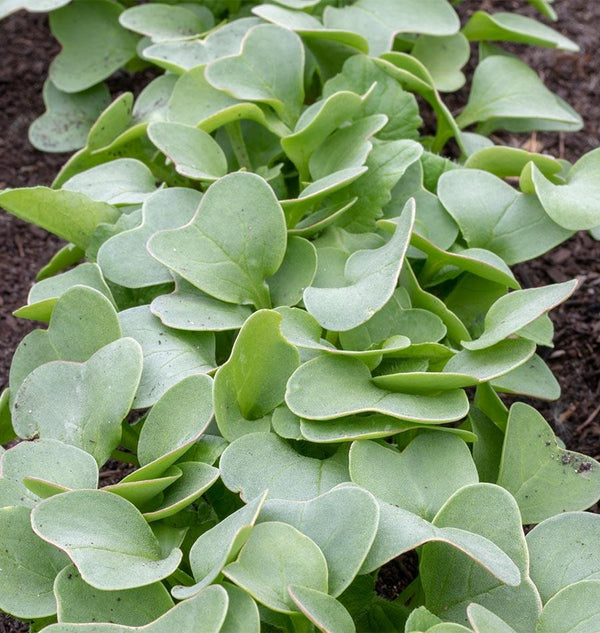Support Food Banks Canada with every dollar spent — 15% sales donated from Black Friday to Cyber Monday.
Time remaining:
Time remaining:

In many cases pre-packaged soil from the garden centre may serve its purpose when filling containers or raised beds. It is usually manufactured in massive amounts by mixing various raw ingredients before bagging. Here is our container soil recipe.
Continue ReadingThere are four central issues that offer a better understanding of garden soil and how it can be improved: Soil structure, soil components, soil life, and soil pH. Gardeners (and farmers) will benefit from contemplating these four factors on their own and in harmony with one another.
Continue ReadingWe often talk about cultivating organic soil that is rich in microbial action, and full of organisms. Soil in the garden combines naturally occurring minerals with various organic and and any organic or mineral amendments you add. As the organic...
Continue ReadingMost potting soils have enough nutrients that fertilizers are not necessary for seedlings until they are transplanted to the garden. Generally speaking, you want the fertilizer to go beneath each transplant, but not in direct contact with its roots. In a typical situation (transplanting a tomato plant, for example), you would dig a hole slightly deeper than the root ball of the seedling.
Continue ReadingStored manure is often referred to as “rotted manure.” It has no unpleasant smell, and its texture has changed since it was produced. Rotted manure is a fantastic soil amendment. Ideally it will retain some of its natural nitrogen, but not to the extent that it causes burning or excessive foliar growth in your crops. In some farming systems manure is stored for a year in a pile with steep, compacted sides.
Continue ReadingDeciduous trees can't make enough of the short days and the sun appearing low on the horizon, so nearly all of them shed their leaves. The sugars in the drying leaves convert into starches and are drawn back into the tree trunk as the tree enters dormancy. This causes the dramatic change in leaf colours and leads to leaves falling.
Continue Reading“Green manure” is the name given to cover crops that are planted for the purpose of adding nutrients and organic matter to the soil. These plants can be as effective as animal manure in producing humus, thereby increasing soil fertility...
Continue ReadingNitrogen is one of the three most important so-called “macronutrients” for the healthy growth of plants, along with its equally important cousins phosphorus and potassium. These three elements are the central components of most fertilizers, and they form the N-P-K...
Continue ReadingGenerally speaking, most garden beds benefit from a mulch of organic matter in the form of well rotted manure or compost. A mulch is a surprisingly thin layer that is applied to the surface of the soil and it serves several purposes. First and foremost, it will benefit the earthworms, invertebrates, fungi, and bacteria that live in organically cultivated soil. All those organisms break nutrients in the mulch down into forms that are accessible to plants.
Continue ReadingThe changing seasons, and the longer daylight hours in summer are a result of the angle of the Earth’s axis in relation to the sun. It’s easy to forget how these changes can affect the growth of plants, and in...
Continue ReadingSoil Blockers have been around for many years, but their popularity is spreading fast, largely by word of mouth. Using this Soil Block recipe and Soil blockers will eliminate the need for plastic seedling trays and insert flats, so they represent...
Continue ReadingHere’s a bit of geeky plant science for you. David Bradbeer at the Delta Farmland & Wildlife Trust sent me this great image of the roots of white clover. You can plainly see bumps along the roots that are called...
Continue Reading